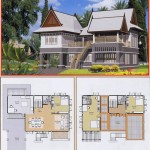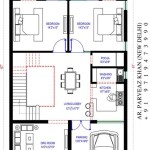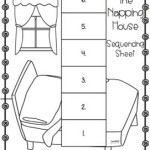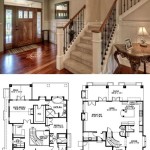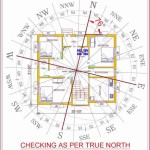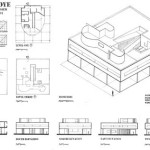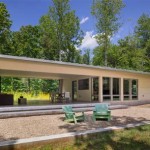Essential Aspects of a Sketch Plan for Your Dream Home
A sketch plan is a crucial step in the architectural process of designing your dream home. It provides a visual representation of your ideas and aspirations, laying the foundation for the subsequent stages of construction and design. Creating a comprehensive and well-thought-out sketch plan is essential to ensure that your home meets your specific requirements and preferences.
### Initial PlanningBefore embarking on the sketching process, it is essential to conduct thorough research and gather inspiration. Consider your lifestyle, family needs, and budget. Study architectural styles, floor plans, and design elements that resonate with your vision for your home. Consulting with an architect or interior designer can be invaluable at this stage, as they can provide professional insights and guidance.
### Site AnalysisUnderstanding the characteristics of your building site is paramount. Factors such as topography, orientation, sun exposure, and access to utilities should be carefully considered. Sketching the site plan will help you determine the optimal placement of your home, taking into account natural features and any potential constraints.
### Functional LayoutThe functional layout of your home should be carefully planned to ensure efficient flow of traffic and optimize space utilization. Sketch out the main rooms, including bedrooms, bathrooms, living areas, and kitchen. Consider the relationships between these spaces and how they will be used on a daily basis.
### Room Dimensions and ProportionsThe dimensions and proportions of each room play a significant role in creating a comfortable and inviting living environment. Sketch the floor plan to scale, ensuring that the rooms are spacious enough to accommodate your furniture and desired activities. Pay attention to the balance and flow of the spaces, avoiding cramped or excessive areas.
### Exterior ElementsIn addition to the interior layout, the exterior elements of your home should also be considered in the sketch plan. This includes the roofline, façade, and any outdoor spaces such as patios or decks. Sketching these elements will help you visualize the overall appearance of your home and how it complements the surrounding landscape.
### Building Codes and RegulationsIt is essential to ensure that your sketch plan complies with local building codes and regulations. These codes govern aspects such as safety, accessibility, and environmental factors. Consulting with a professional can help you navigate these requirements and incorporate them into your design.
### Revisions and RefinementsThe sketch plan is an iterative process that involves revisions and refinements. Seek feedback from family members, friends, or an architect to identify areas for improvement and optimization. Continuously review and adjust the sketch until it accurately reflects your vision for your dream home.
### ConclusionCreating a comprehensive sketch plan for your house is a rewarding process that sets the stage for a successful construction journey. By considering the essential aspects discussed in this article, you can develop a plan that meets your functional and aesthetic needs while ensuring compliance with building codes and regulations. Remember that the sketch plan is a living document that should be regularly updated as your vision evolves, ultimately leading to the realization of your dream home.

Floor Plan House Sketch Stock Vector Ilration Of Building 52483697 Plans

Floor Plan House Sketch Vector Ilration Plans

Floor Plans Types Symbols Examples

Floor Plan Creator And Designer Free Easy App

Floor Plan Of The Model House Sketch Up Layout Scientific Diagram

House Plan Drawing Everything You Need To Know

Small House Plans Popular Designs Layouts

Where You Can Buy House Plans Live Home 3d

Floor Plan Sketch To 2d 3d Plans Best

How To Draw A Floor Plan By Hand Step Guide

